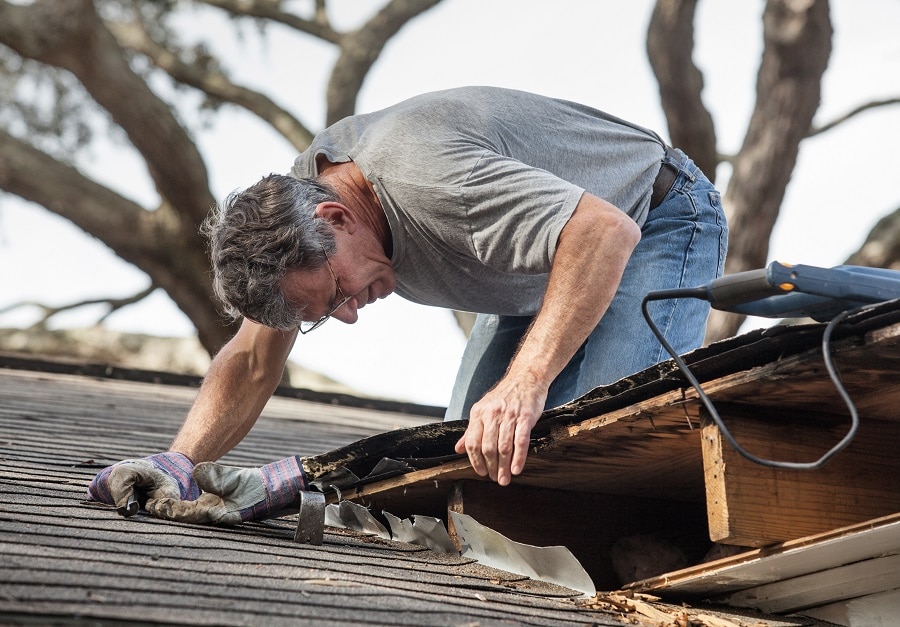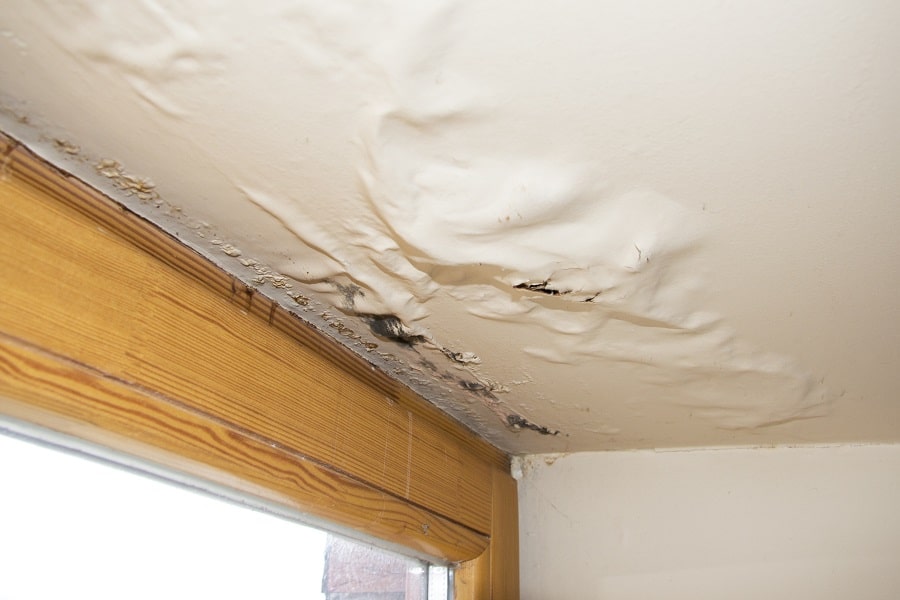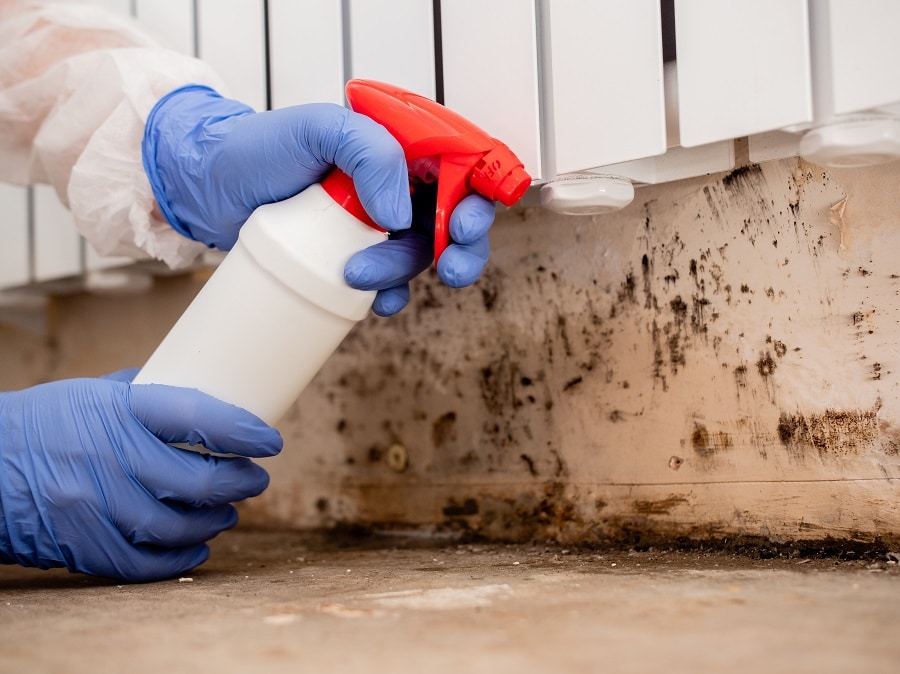Timber decay in buildings, regardless of their age, is often a result of rot. Wood rot is identifiable in two common forms: wet rot and dry rot, both caused by fungal decay in building timbers.
What is Wet Rot?
Wet rot is a type of parasite which grows in wet timber. It warps the timber, making it swell and causing the fibres to separate, this can lead to loss of strength, and eventually, crumbling in the timber structure. Wet rot can expedite decay in timber, making it lose structural integrity and to eventually break. Exposure to sources of moisture is the root cause of wet rot in structural wood. This could be from the ‘wet’ side of the structure, through faulty plumbing or penetrating damp. Wet rot is a fungus which also spreads to cause damage to neighbouring timbers.
Our Guarantee
- upto 30 year guarantee
- customer focused team
- 20 years combined experience
- portfolio of satified customers
- attention to detail
- Construction line accreditation
- public liability insurance
- CHAS accreditation
What is the Difference Between Dry Rot and Wet Rot?
Dry rot can cause quick and extensive damage to structural timber as it circulates the affected property. The wet rot fungus, on the other hand, is more common but typically less serious, usually restricting the decay to where the timber becomes and remains wet. When fungi are absent, dry and wet rot can be differentiated by considering the difference in timber colour and the extent of damage noticed on the timber according to the progression of either type.
What causes Wet Rot?
Certain environmental conditions dictate the appearance of wet rot spores on timber. Moist timber is the major cause of wet rot in timber. Moisture can speed up the development of wet rot. In these cases, the timber starts to show visible signs of decay.
The Dangers of Wet Rot in Midhurst
Wet rot is a serious issue to deal with. It can destroy your property and reduce its value. Wet rot must be treated immediately it is noticed, or it will spread throughout your home. A survey of 2,038 London property owners inquired whether they had experience with wet rot in their homes, where the problem was identified, and how effective they were at preventing future cases.
The shocking results revealed that more than 20% had experienced wet rot in their homes. Wet Rot attacks timber flooring and can potentially make the property structurally unsafe. Besides causing expensive repair work, devalue your property and most insurance companies will not offer policies on houses where there are signs of damp build-up or moisture ingress.

What are the Warning Signs of Wet Rot?
The progression of the fungus from its appearance to become a pervasive issue depends on the moisture it is exposed to. Easy to spot signs include the wallpaper peeling off at the corners, the central heating boiler malfunctions, cookers don’t work properly, and/or a musty smell is present. Common areas where wet rot occurs include beneath the kitchen sink, along external walls, attics and roof spaces. Wet rot typically affects old buildings which were built using timber frames other than modern species like Meranti and Sapele. Timber from below ground level up to a one-floor level is another prime victim of wet rot. Identifying wet rot or dry rot is the first step toward preventing it. If you believe your home has a wet rot infestation, a damp survey is necessary.
Call Our Sussex Damp Experts team now for quote, consultation and advice:
Call on 01273 257 765.
How and When Should I Look for Wood Rot?
You should comb your home annually to look out for signs of wood rot and damp. The pre-winter weatherproofing period is an excellent time to get this done. You’ll need a screwdriver with a long handle and a decent flashlight.
If your building has one, check the siding below and around the windows for any sign of swelling or discolouration in the wood. Since paint can hide wood rot and to ensure that it is solid, poke the siding with the screwdriver. A spongy feeling in the wood is usually an indicator that you have wood rot. Scan the attic with a flashlight for discoloured wood. Transition to the screwdriver test if you notice any. There are some prime spots you should examine for the growth of wood rot in the attic including the edges where the eaves are formed by slanting rafters, the roof decking base, and the joints where wood logs intersect at the top of the roof.
Using the flashlight to check out discolouration on the perimeter wood plate on the concrete basement wall, study the wood in a crawl space (sill plate) or basement. Use the screwdriver test on any discoloured regions you come across. Examine walls and floors for signs of water leaks or discolouration under sinks, around tubs and baths, and the water heater.
How do we identify wet rot?
Identifying wet rot is not an easy feat, several forms of wet rot have different effects on timber. If a knife pushed into painted timber goes in right up to its handle, that’s a certain indication of rot. Our damp-proofing experts are trained to identify the following:
- Localised fungal growth on timber
- The soft, spongy feel of timber; the affected area appears darker than the surrounding timber.
- The soft and spongy texture of rotting timber; the affected region often looks darker than the other parts.
- That spongy, soft feel timber gets when affected by wet rot; the affected parts are darker than the other areas.
- The spongy, soft texture of rotten timber; the infested area is darker than the other parts.
- The springy feeling that is an indicator of wet rot; the affected area is often darker than others around it.
- Crumbling of affected dry timber into particles.
- Dry timber crumbling into particles.
- The crumbling of infested timber into dry particles.
- Dried-out timber disintegrating into particles.
- The disintegration of rot-eaten timber into particles.
- Shrinking timber
- Bleaching wood in window and door frames
- Flaky or damaged paint
- A musty, damp smell
What to Do After You Detect Wet Rot?
You need to engage a damp expert to treat wet rot and ensure the source of the moisture ingress is identified and stopped to ensure that the problem does not recur. For more help on wet rot treatment, Sussex Damp Experts can help! Reach us on 01273 257 765 today.
Wet Rot and Damp Proofing in Midhurst

We can provide help with damp proofing and wet rot treatment in Midhurst. Call us if you notice any signs of damp or wet rot in your home, we can fix the problem and help you avoid the health risks and potential damage to your building’s structural integrity as the decay spreads. Our professional surveyors will identify the root of the issue and recommend ways to eliminate it.
Timber damp proofing is a deliberate attempt to protect the timber from moisture damage which could lead to decay. You can protect the timber from damage.
Surface treatments can never be relied upon; they will always fail, eventually making the situation worse when they do. The only solutions are either fully covering the surface using a membrane, replacing the timber, or treating it. Sussex Damp Experts can provide more information on wet rot treatment, call our experts on 01273 257 765 today to get started.
Wet Rot Treatment Specialists in Midhurst
With 20 years of experience offering damp proofing solutions, we are among Midhurst’s premier wet rot experts, providing free, no-obligation surveys and cost estimates to domestic homeowners and commercial property owners. Our team of experts will visit your property and investigate the source of the wet rot and provide advice on the next steps to take to get rid of it. Our experts apply advanced methods to tackle the progression of different types of wet rot in buildings.
Wet Rot Treatment in Midhurst
Wet rot typically occurs in areas with sustained exposure to moisture. We consider the source of the problem as well as the affected area during wet rot treatment. We investigate how moisture comes in contact with the timber and eliminate all future threats that could lead to a similar situation. Treating rot should be left to expert professionals who can deliver a holistic solution. Delaying treatment can lead to a steeper cost of treatment. The best course of action is to contact Sussex Damp Experts if you see any indication of wet rot anywhere in your building.

We have the skills to get rid of wet rot. Sussex Damp Experts is always ready to help, we quickly identify the cause of the humidity and the affected areas. Don’t delay any longer, call 01273 257 765 today or fill out the contact form.
Our Wet Rot Treatment Process in Midhurst
The more you wait, the worse the damage gets. If you notice the presence of fungal rot at the early stages, treatment can be narrowed down to a small area. In situations where the rot has advanced across your timber’s breadth, you may need to get replacements for full timber beams or take on major repair work. You must take several steps to treat wet rot. The treatment of any fungus-related problem involving timbers must begin by preventing the timber from getting damp. If there is a seepage of water into your home or timber, regardless of whether the cause is broken guttering, condensation, or anything else, we locate the source of water/moisture ingress and take corrective action. Contractors or builders who do not have the required expertise in rot treatment often opt to replace the affected wood. Chemical Preservatives are then applied to the area in question after replacement. This can only fail. If you notice even the slightest signs of wet rot in your property, the team at Sussex Damp Experts is more than happy to help out. Call us today.
What happens to Wet Rot if left untreated?
Leaving wet rot to grow unchecked will lead to the weakening of the structural timber which could affect the safety of the residents. When the rot settles in the timber, it becomes spongy and falls in if you poke it with a knife or screwdriver. An extreme result means that structural timbers lose their integrity over time. In a worst-case scenario, this means your property could be condemned. Call Sussex Damp Experts on 01273 257 765 and talk with our experts today!
What is the cost of Wet Rot Treatment in Midhurst?
Rot has devastating effects on properties. Repair and damp proofing costs will be different for each project based on the type and level of damage inflicted on the wood. However, don’t let it deter you. With our team of experts on hand to help, you’ll quickly discover that with wet rot treatment in Midhurst, it is more affordable than you would expect. We are committed to helping you make the right choices for your home and health.
How to prevent wet rot?
Wood should preferably be kept dry at all times to avoid decaying. Wood hardeners are an effective way of protecting timber that is at risk of being infested by wet rot. The wood becomes stronger as the hardener soaks into it. Areas of properties most affected by damp include sills, window boxes, timbers that touch brickwork but have not subjected to damp proofing treatment including the use of a fungicide and sealant.
Talk to Our Wet Rot Treatment Experts Today!
If you want to speak to our experts for further information on wet rot treatment, call 01273 257 765 today and let Sussex Damp Experts help.
FAQ
Is wet rot smelly?
Is Wet Rot Capable of Spreading?
Can Wet Rot Cause Health Problems?
Is there a DIY treatment solution?




